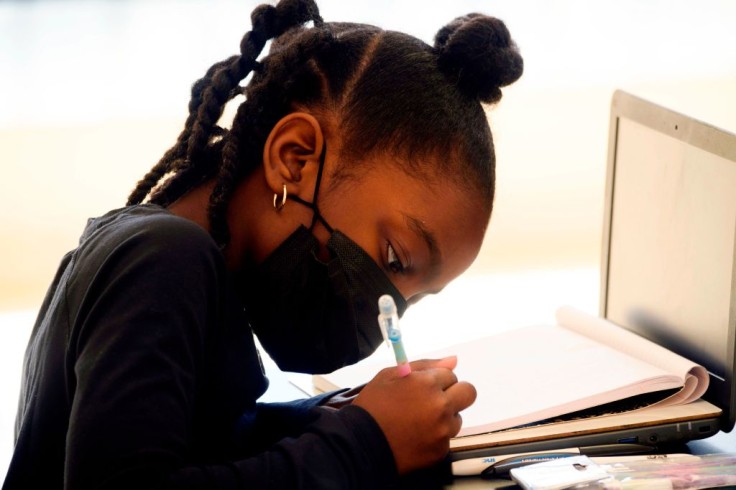
A San Francisco School opens its elementary school gym to homeless kids and caregivers as part of its community school program. Every evening, after the students and teachers left, partitions are snugged to the back wall creating space for kids and their caregivers to set sleeping pads on the floor.
The tables hosted dinners and later allowed kids to do their homework. However, the Guardian reports that the school only caters to families with a child enrolled in San Francisco Unified School District.
Shelter in a school
In 2017, a desperate parent asked Nick Chandler, Buena Vista Horace Mann K-8 Community School(BVHM) asked: "Can we stay here?" the Hechinger Report said.
The answer that night was no, but this looming question remains unanswered. The school noticed that more and more people were in crisis. The school would make referrals to the city and non-profits. However, the efforts were futile. The waitlist would be too long, and it was not clear what list a family should even be on.
BVHM staff said they wanted to help kids overcome and avoid incidences such as sleeping in a car, living in an overcrowded apartment, or parents staying in an abusive relationship to keep a place to stay. The staff is aware that although the gym would not solve everything, it may at least solve something.
So the school opened its gym for homeless kids, serving approximately 600 students. BVHM says that 60% are English language learners, and more than 60% are socioeconomically disadvantaged.
San Francisco City Supervisor Hillary Ronen said that as far as he knows, the school program is the first of its kind in the country.
Community schooling
Schools acting as resource hubs for students and families is known as community schooling and has proven to be successful across the country. The National Education Association defines community schools as public schools that provide services and support that fit neighbors' needs.
According to research, schools and communities can mitigate the effects of poverty by providing support to children and families to address basic needs such as housing instability.
Studies also show that students without a safe and reliable place to sleep at night are more likely to be referred for discipline, including suspension. They score lower on school testing compared to other economically disadvantaged students.
A 2020 report from UCLA's Center for the Transformation of Schools found that homeless students had several indicators of educational distress, such as suspension and absenteeism.
Meanwhile, the San Francisco School's initiative to open its gymnasium to homeless students provided new hopes for students.
Maribel Chávez, a first-grade teacher at BVHM, shared that she had a perpetually late student who had no breakfast. He would miss the class opening song and a preview of the day's schedule. She would try to give him a recap and snacks, but it was not enough. He would hit students, throw an object, and try to leave class.
After the boy landed in the Stay Over Program with its 9 PM lights out policy and access to the school's before care program, the teacher noted that. The boy had breakfast every morning. She also noticed a change in the boy's demeanor. He became calmer.
Hillary Ronen, San Francisco city supervisor, admitted that this is a "band-aid, not a root-cause fix of childhood homelessness in the country." However, Principal DeLarios Morán asked," how could we not?" as the school has a space not being used at night.